Something you can drink, something made of steel, something you can grow... These acceptance letters, big story!
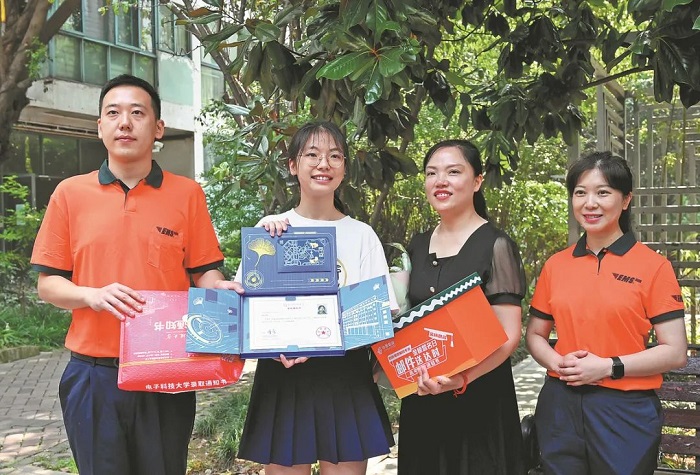
The University of Science and Technology Beijing's admissions letter, for example, is made from ultra thin steel called"5G steel".
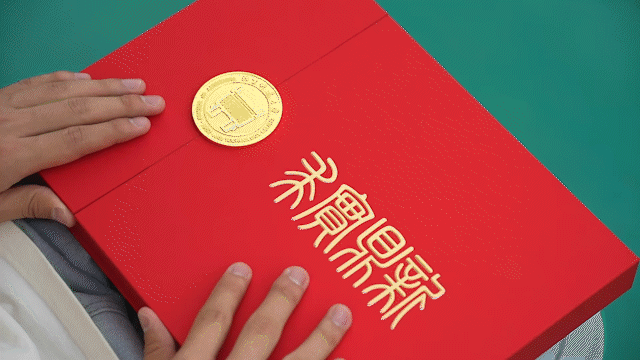
As thin as 0.07 millimeters — roughly equivalent to a cicada's wings — 5G steel was codeveloped by USTB and Shougang Group, according to the university's account on Weibo, China's Twitter-like social media platform.
The admissions letter represents the university's hopes that its students' determination to succeed, and their willingness to contribute to China's development, will be as strong as steel, according to its post on Weibo.
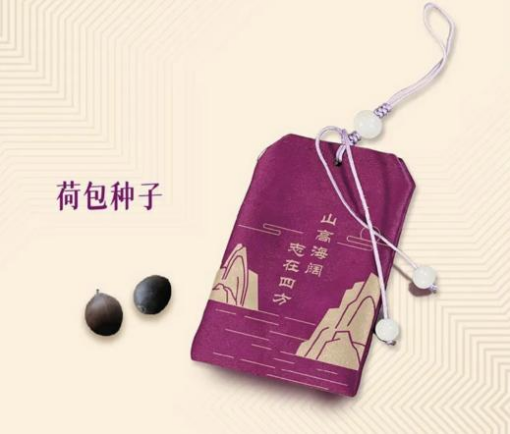
In China, the lotus is admired for its ability to emerge from murky waters and bloom into a beautiful flower, representing the journey of attaining enlightenment and rising above challenges in life. It is also seen as a symbol of beauty, grace and resilience.
The school hopes that students will plant one of the seeds in their hometowns, to serve as a reminder to never forget where they come from and to stay true to their original aspirations, and plant the other at the university when they arrive, so that it will be alongside them during their personal growth and development, according to a Nankai University official.
Elsewhere, "the Big Dipper letter", which features seven soybeans arranged in the form of the notable constellation in the admissions letters designed by the University of Chinese Academy of Sciences, has also impressed many who have received it. The soybean species, called Dongsheng 118, was developed by a research team at the Northeast Institute of Geography and Agroecology, part of the Chinese Academy of Sciences, in saline fields in Jilin province.
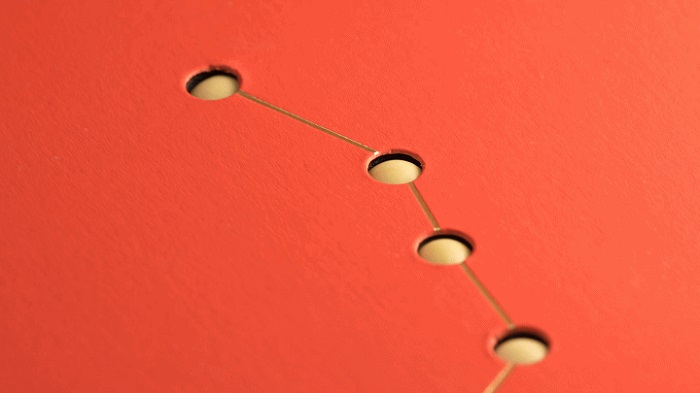
Starting in 2017, the team spent nearly seven years overcoming challenges to successfully cultivate the soybean. In October last year, they reached a yield of 2.25 metric tons per hectare, marking a significant step in China's efforts to reduce its reliance on soybean imports, according to UCAS.
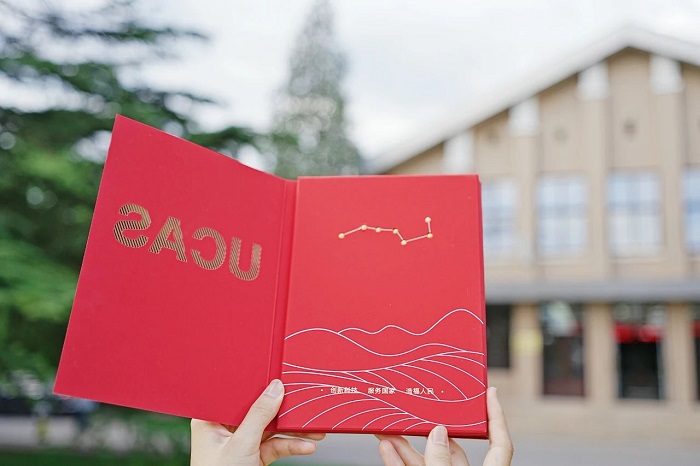
In the admissions letter, Zhou Qi, academician of CAS and president of UCAS, said that he hopes the letter's seeds represent a passion for science that will grow inside students' hearts, and encourage them to make more contributions to the country and the well-being of its people.
The letter also includes a book that features applications of 100 scientists to join the Communist Party of China and words of encouragement from 12 academicians of the Chinese Academy of Sciences and the Chinese Academy of Engineering.
The admissions letter from Sun Yat-sen University in Guangdong province is also eye-catching.
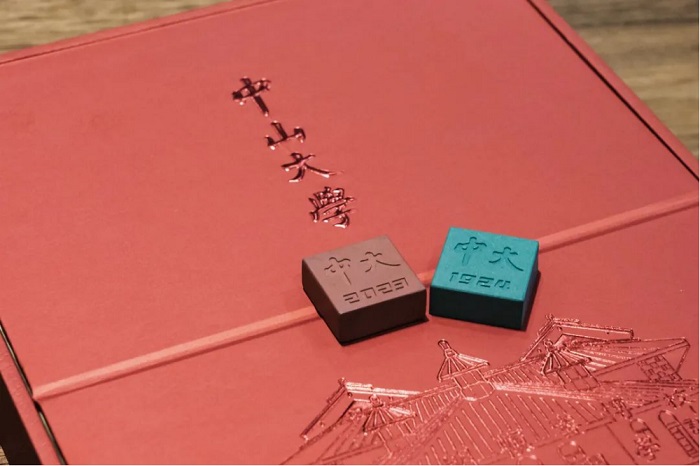
Adding tea into an admissions letter is seen as a way to help market agricultural products from Yunnan. The brick weighs 99 grams, signaling 99 years since the tea was discovered. It is also meant to serve as a kind of metaphorical expression to call on students to "add bricks" to help develop the country.
Beihang University in Beijing has also offered a surprise with its admissions letter.
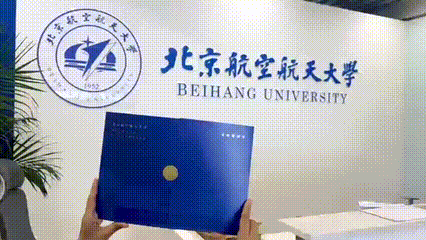
It contains a model of Beijing 1, the first light passenger aircraft in China, which was developed by the university. With joint efforts made by more than 1,000 students and teachers, the aircraft successfully took off in 1958, marking a glorious achievement for Beihang.
The admissions letter from the Harbin Institute of Technology in Heilongjiang province contains a red bookmark coated in a special paint used by Tianwen 1, China's first mission to Mars.

Reporter: Quan Zhanfu
